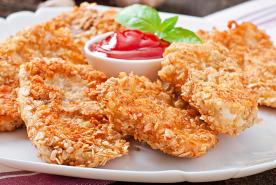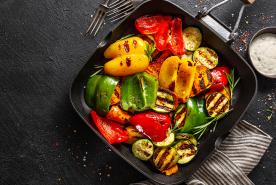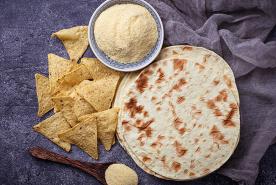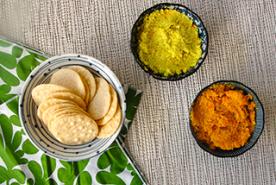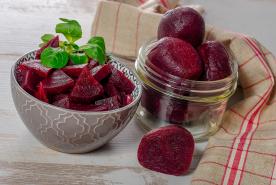August 12, 2014
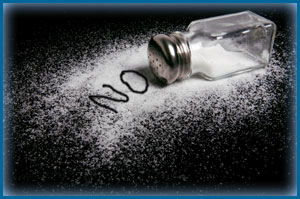 The salt in our foods and table salt is made up of sodium and chloride. Too much sodium is bad for your health, and can increase your blood pressure and make your kidneys work harder. It can also increase the risk for a heart attack or stroke.
The salt in our foods and table salt is made up of sodium and chloride. Too much sodium is bad for your health, and can increase your blood pressure and make your kidneys work harder. It can also increase the risk for a heart attack or stroke.
Current dietary guidelines recommend that adults in general should consume no more than 2,300 mg of sodium per day. However, experts say that if you are in the following population groups, you should consume no more than 1,500 mg per day:
- You are 40 years of age or older.
- You are African American.
- You have high blood pressure.
A new Centers for Disease Control (CDC) report shows that two out of three (69%) adults in the United States fall into one or more of these three groups. They are at especially high risk for health problems from too much sodium. Eating less sodium can help prevent, lower, or even control blood pressure.
What You Can Do
- Know your recommended limits for daily sodium intake.
- Choose foods like fresh fruits and vegetables.
- Read the nutrition label of the foods you purchase.
- Eat at home more and season foods yourself.
- Eat fewer restaurant and fast food meals.
- Eat fewer prepared foods, like canned soup or frozen dinners.
- Ask for foods with no or low salt at restaurants.
Sodium is most familiar as salt in salt shakers. However, most of the sodium we eat comes from packaged, processed, store-bought and restaurant foods. Only about 5% comes from salt added during cooking and about 6% comes from being added at the table. You can find out how much sodium you are eating by checking the labels on food products and adding up the milligrams of sodium. If at a restaurant, ask for the nutritional information facts that include sodium.
High Blood Pressure and Food Choices
The Dietary Approaches to Stop Hypertension or DASH eating plan is a simple heart healthy diet that can help prevent or lower high blood pressure.
This diet is LOW in sodium, cholesterol, saturated and total fat and HIGH in fruits and vegetables, potassium, fiber, and low-fat dairy products.
Making other lifestyle changes, like getting more physical activity, while on the DASH eating plan gives you the biggest benefits.
Giving up salt and sodium does not mean giving up flavor. Learn to season your food with herbs and spices. Be creative and experiment for a new and exciting flavor.
What kinds of spices and herbs should I use instead of salt to add flavor?
A low-sodium diet is easier if you cook your own meals, instead of eating prepared foods that come in a can or a box.
Don't think of a low-sodium diet as without flavor. Try the following spices with the foods listed.
- Allspice - Use with beef, fish, beets, cabbage, carrots, peas, fruit.
- Basil - Use with beef, pork, most vegetables.
- Bay Leaf - Use with beef, pork, most vegetables.
- Caraway - Use with beef, pork, green beans, cauliflower, cabbage, beets, asparagus, and in dips and marinades.
- Cardamom - Use with fruit and in baked goods.
- Curry - Use with beef, chicken, pork, fish, green beans, carrots and in marinades.
- Dill - Use with beef, chicken, green beans, cabbage, carrots, peas and in dips.
- Ginger - Use with beef, chicken, pork, green beans, cauliflower and eggplant.
- Marjoram - Use with beef, chicken, pork, green beans, cauliflower and eggplant.
- Rosemary - Use with chicken, pork, cauliflower, peas and in marinades.
- Thyme - Use with beef, chicken, pork, fish, green beans, beets and carrots.
- Sage - Use with chicken, pork, eggplant and in dressing.
- Tarragon - Use with fish, asparagus, beets, cabbage, cauliflower and in marinades.
Here are tips for cooking with herbs and spices:
- Purchase spices and herbs in small amounts. When they get older, they lose their flavor.
- Add ground spices to food about 15 minutes before the end of the cooking period.
- Add whole spices to food at least one hour before the end of the cooking period.
- Combine herbs with oil or butter, let set for 30 minutes to bring out their flavor then brush on foods while they cook, or brush meat with oil and sprinkle on herbs one hour before cooking.
- Crush dried herbs before adding to foods.









